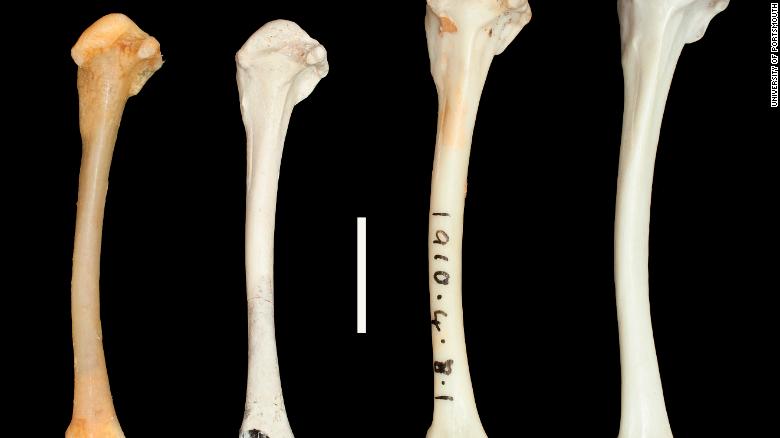What humans and experts thought to be an extinct species of bird returns from the dead and now live on the island where it used to lived, scientists have found.
The research, which was published in the Zoological Journal of the Linnean Society, shows similar fossils of the Aldabra Atoll in the Indian Ocean.
Aldabra Atoll was colonized by the white-throated rail and became flightless before being wiped out when the island sunk below the sea about 136,000 years ago. Now, researchers of the study found fossils that prove the chicken-sized bird re-appeared when the sea levels fell again a thousand years later.

They re-colonized the island and became flightless once again. Now, scientists claim they can be found in Aldabra to this day.
Known as the “iterative evolution,” this shows a repeated evolution of a species that comes from the same ancestor, but at different times in history.
“We know of no other example in rails, or of birds in general, that demonstrated this phenomenon so evidently,” David Martill, co-author of the study from the University of Portsmouth, said in a statement.

What made these birds flightless overtime was because of the lack of predators, making it unnecessary to have one, just like the dodo of Mauritius.
However, this also made it impossible for them to escape the island when it submerged, wiping out the whole bird species’ existence.
The explanation why the white-throated rail came back from extinction was because when the island re-emerged, birds started to migrate there once again. One bird species from Madagascar then did the impossible and gave birth to the flightless rail on Aldabra in a few thousand years.
“Only on Aldabra, which has the oldest palaeontological record of any oceanic island within the Indian Ocean region, is fossil evidence available that demonstrates the effects of changing sea levels on extinction and recolonization events,” Martill said. “Conditions were such on Aldabra, the most important being the absence of terrestrial predators and competing mammals, that a rail was able to evolve flightlessness independently on each occasion.”
“These unique fossils provide irrefutable evidence that a member of the rail family colonized the atoll, most likely from Madagascar, and became flightless independently on each occasion,” Julian Hume, the study’s lead author from London’s Natural History Museum, added in their statement.
“Fossil evidence presented here is unique for rails, and epitomizes the ability of these birds to successfully colonize isolated islands and evolve flightlessness on multiple occasions,” he added.
Related stories:
– World’s rarest turtle dies in Chinese Zoo, its species nears extinction
– The ongoing mass extinction and how we can stop it
– World’s fastest shark faces extinction, experts warn





